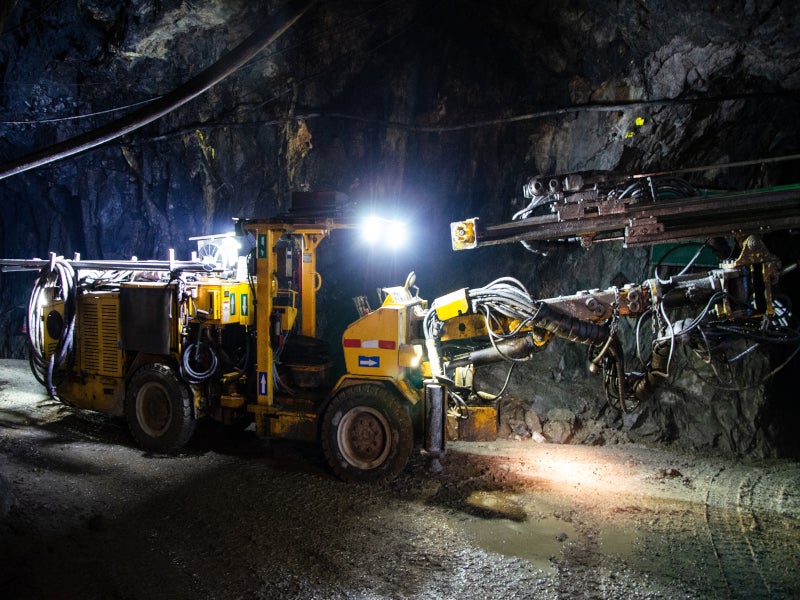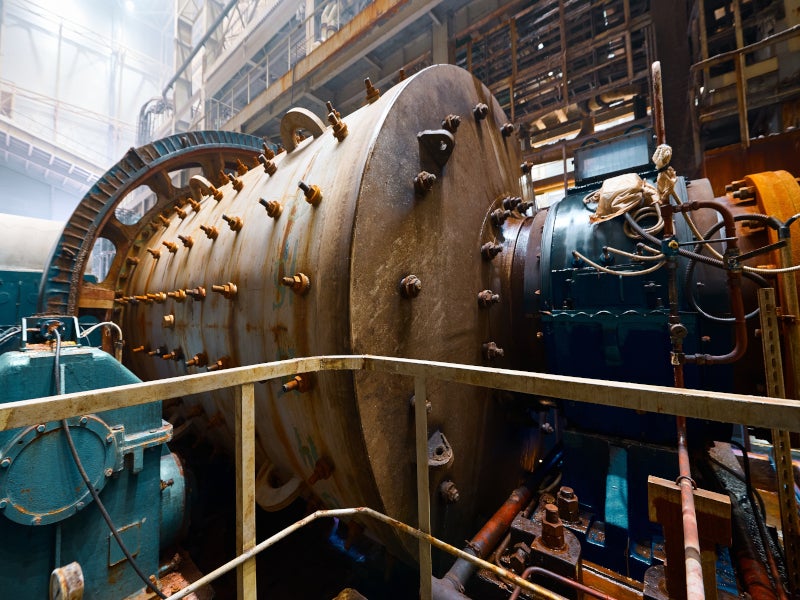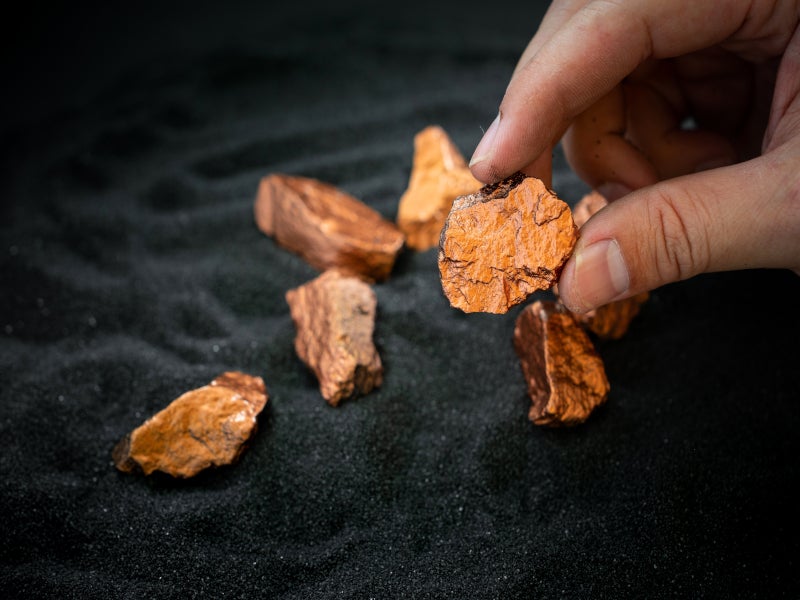The Aguablanca nickel-copper mine, situated in the Extremadura region of Spain, is currently under development as an underground mine.
The mine was discovered in 1994, and it stands as Spain’s sole deposit with the capability to produce both nickel and copper.
The mining rights to the mine are owned by Rio Narcea Recursos, which is 50% owned by Denarius Metals through its fully owned subsidiary Alto Minerals.
The Aguablanca mine was originally operated as an open-pit mine from 2005 to 2015, and produced 14 million tonnes (t) of ore during that period.
The mine was acquired by Lundin Mining in 2007, and the project transitioned to underground operations in 2015. Mining operations ceased a year later in 2016.
The plan to restart underground mining operations was approved in 2017, and the pre-feasibility study was concluded in March 2024.
The capital expenditure for this project is estimated at $30.1m, with an anticipated mine life of six years.
The mine is estimated to start production in 2025.
Project location
The Aguablanca mine lies approximately 100km north of Seville, within the municipal boundary of Monesterio in the southern Badajoz Province, Extremadura region.
It is near the provincial boundaries of Huelva and Sevilla in the Andalucia region, in the south of Spain.
Geology and mineralisation
The Aguablanca Stock is part of the north-eastern Santa Olalla Plutonic Complex. This intrusion comprises medium-grained gabbro and gabbro-norites.
Mineralisation occurs in igneous rocks that have formed through partial melting of the mantle. It consists mainly of magmatic sulphides within the gabbro and gabbro-norite units.
Sulphide mineralisation is predominantly pyrrhotite, pentlandite, chalcopyrite, and pyrite, with minor marcasite and covellite.
Typically, mineralisation is hosted within a chaotic magmatic breccia, rich in fragments, with semi-massive sulphides embedded in the matrix.
Reserves
The proven and probable mineral reserves at the Aguablanca project are estimated at 4.71 million tonnes, grading 0.67% nickel (Ni), 0.59% copper (Cu), and 0.02% cobalt (Co), as of March 2024.
The contained metal is estimated at 69.6 million pounds (mlb) of Ni, 61.73mlb of Cu, and 1.77mlb of Co.
Mining method
The mine is accessed from the surface via an existing portal and declines. The project will be mined using two underground mining methods.
The Up-hole Sublevel Extraction method will be applied to the upper portion of the deposit, extracting mineralisation from the 75 level up to the pit bottom, subsequently creating a void that will be backfilled to the pit bottom at 181m above sea level.
Below the 75 level, Long Hole Open Stoping method will be used, with stopes supported by cement backfill produced on-site.
These techniques will be designed to ensure the effective extraction and stabilisation of the mined areas.
The method includes the development of 5m x 5m top and bottom cuts for drilling and mucking access, with the nominal dimensions of the stopes being 15m in width, and 25m in height.
Ore processing
Run of mine ore will undergo crushing in a primary jaw crusher, followed by a secondary cone crusher.
The crushed ore will then flow by gravity through six hoppers onto vibratory feeders, which will load the material onto a variable-speed conveyor beneath the stockpile.
The conveyor, will control the feed rate to the Semi-Autogenous Grinding (SAG) mill.
Oversized pebbles from the SAG mill discharge will be screened and directed to pebble crushers for further size reduction, with a magnetic separator removing any rejected SAG mill balls and tramp iron.
Following grinding, the flotation plant will process the slurry with a prefloat stage before rougher copper flotation and a downstream nickel flotation circuit.
The copper flotation circuit will include a rougher and cleaner stage while the nickel flotation circuit will comprise of the rougher, scavenger, and cleaner stages.
The cyclone overflow slurry will be mixed with reagents and conditioned prior to entering the copper rougher flotation stage.
Rougher copper concentrate will, in turn, flow by gravity to the copper cleaner flotation cells.
The copper rougher tailings will be directed to the nickel rougher conditioning bank and onto the nickel rougher circuit.
The nickel rougher concentrate will then be pumped to the first nickel cleaner bank, and the nickel rougher tailings will be transferred to a conditioning tank.
Following conditioning, the nickel rougher tailings slurry will be introduced to the first nickel scavenger bank and subsequently to the second nickel scavenger circuit.
The concentrate from the second nickel scavengers will be recycled to the nickel flotation circuit. Tailings from the second scavenger will be directed to the tailings thickener.
Thickener underflow will be pumped to the filter press feed for dewatering to produce the final product.
Offtake agreement
Denarius Metals signed a long-term supply agreement with Boliden Commercial, a subsidiary of Boliden, in September 2024 for the sale of 100% of the nickel-copper concentrates from Aguablanca.
The initial term of the agreement extends up to mid-2031 and will be renewable annually thereafter.
The concentrates will be shipped via the Huelva Port to Boliden’s nickel flash smelting facilities in Harjavalta, Finland.
Site infrastructure
The Aguablanca mine is accessible from the four-lane N630 national highway via the paved A-5301 leading to El Real de la Jara from where a paved Camino de Aguablanca trail goes for approximately 3km directly to the mine.
Underground electrical power is supplied through the existing local overhead power line distribution.
The power cable will be installed during the excavation of the primary ramp, extending to each working area that requires power.
Mine Load Centers and switchgear will be strategically positioned near the operational areas.
A 400kVA stand-by diesel-powered generator, manufactured by Electra Molins, is in place to provide emergency electrical power in the event of planned or unplanned power outages.
Contractors involved
The PFS was prepared by Resource Development Associates, a consulting company.






